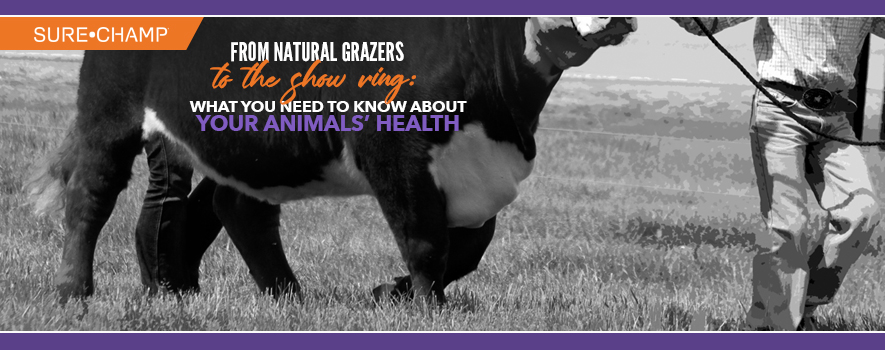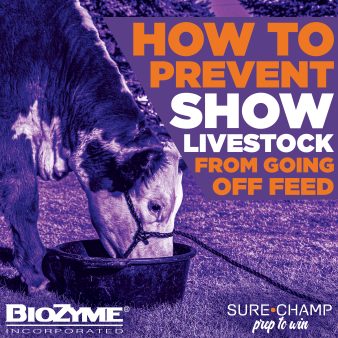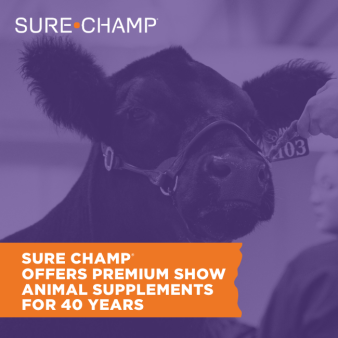
If you are even somewhat familiar with the Bible or early American History, you’ll likely notice an absence of mention of livestock shows and expositions. However, Psalm 50:10, does mention “cattle on a thousand hills” and we know that Spanish explorers brought the first cattle to current-day Florida in the early 1500s. However, it wasn’t until centuries later when animals became domesticated that livestock owners started preparing animals for exhibition, taking them from their natural state of grazing the hills to housing them in climate-controlled environments and feeding them a high-concentrate diet, pampering them with daily baths and traveling with them across the country to compete at livestock shows.
Some county and state fairs date back to the mid and late-1800s, whereas the major livestock shows such as Fort Worth, the American Royal and the International in Chicago were started at the turn of the 20th Century, 1896, 1899 and 1900, respectively. Progressive livestock enthusiasts realized that with some extra care and feed, these animals that typically spent most of their life grazing a forage-based diet could become higher-performing animals and with added bloom, showing livestock competitively and selling show animals became not only a hobby but a livelihood for some.
Abrupt changes in an animal’s diet is a huge source of stress, according to Lindsey Grimes-Hall, BioZyme® Inc Nutrition & Field Sales Support. Therefore, she recommends that current day livestock exhibitors make a slow transition to keep their animals, especially ruminants, healthy and on feed.
“When people don’t transition properly, their animals experience big changes to the digestive system. These may be swings in pH, increased incidence of acidosis, and the animals potentially go off feed,” Grimes-Hall said. “The microbial population in the digestive system of an animal eating a high forage diet versus that of an animal eating a high concentrate diet are very different.”
One way to keep animals healthy while transitioning them from their natural forage-based diet to a concentrated show diet is to include a daily supplement as part of their ration. Sure Champ®, with the Amaferm® advantage, is a line a of livestock show supplements that proactively work to assist with the challenges created by the show environment. Amaferm®️ is a prebiotic designed to enhance digestibility by amplifying the nutrient supply for maximum performance. It is research-proven to increase intake, digestion and absorption.
“Amaferm keeps animals on feed and keeps the digestive system happy, especially when pushing these animals to their biological limits. The Sure Champ line works proactively to keep animals feeling good and on feed. It is perfect as an everyday solution when our animals are under stress, much like a multivitamin or prebiotic for humans,” Grimes-Hall said.
The Sure Champ line is available for all major livestock species, and all products contain Amaferm. Sure Champ Cattle is additionally fortified with essential vitamins and trace minerals. Sure Champ Spark and Sure Champ Extreme both contain MOS to trap bad bacteria, limiting their ability to do harm to digestive health and intake.
“Anyone who has ever shown livestock knows, if anything goes off feed or becomes inefficient, those animals can fall behind fast. Be proactive and give your show stock a supplement like Sure Champ every day to keep their gut healthy and help keep them on track from the beginning,” Grimes-Hall said.
Yes, a majority of our animals still enjoy grazing forages on the land; however, a percentage of high-quality livestock are fortunate enough to live life as a show animal, getting daily baths, traveling the show road and being pampered by their owners. However, that pampering comes with some transition to their digestive system. Make that transition seamless with a daily supplement like Sure Champ, and the animals will stay healthy and keep eating.

